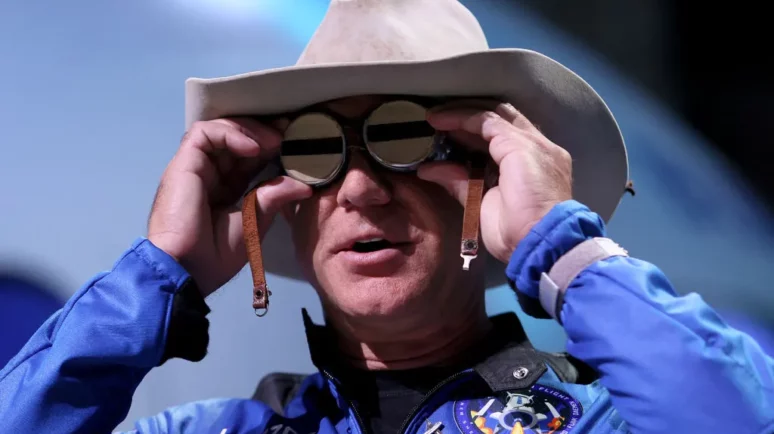NASA Intuitive Machines’ Odysseus Lander Tumbles, Still More for it to Do on Moon.

NASA Moon Lander | Image: 51581/Pixabay
Key Takeaways
- Intuitive Machines’ Odysseus lander landed on the Moon after encountering a mishap.
- Despite a sideways landing, the mission provides valuable data for future lunar exploration.
- NASA’s technology demonstrations and science instruments are expected to pave the way for the Artemis missions.
Intuitive Machines’ Nova-C lander, dubbed Odysseus, made headlines in February with its lunar landing. As part of NASA’s Commercial Lunar Payload Services (CLPS) initiative, this mission marks a significant milestone in America’s return to the Moon after more than 50 years. However, the journey to the lunar South Pole had challenges .
The Journey and the Landing
Odysseus embarked on a seven-day journey to the Moon, aiming for a soft landing near Malapert A in the lunar South Pole region. Utilizing six NASA science research and technology demonstrations, along with other payloads, the lander sought to contribute to the Artemis campaign’s goal of exploring lunar resources.
Upon approaching the Moon, a technical glitch necessitated reliance on NASA’s Navigation Doppler Lidar (NDL) for a precise landing. The technology is akin to radar but uses laser pulses. It was instrumental in overcoming the navigation system’s sensor issue, ensuring a successful touchdown.
Contrarily, Japan’s space agency recently announced a significant achievement with its first moon lander. Despite not being designed to withstand the lunar night’s extreme conditions, the lander responded to a signal from Earth, suggesting it survived a second freezing, weeks-long lunar night.
Sideways Landing and the Future
Despite the triumph of reaching the lunar surface, Odysseus faced an unexpected setback when it landed sideways. This unusual orientation cut short its mission, limiting the operational period before sunlight ceased to reach its solar panels. The lander’s predicament underscores the unpredictable nature of space exploration, yet it continues to gather and transmit valuable data back to Earth.
As per the statement from NASA, Odysseus carried a suite of experiments and instruments designed to shed light on the lunar environment and test new technologies. These include the Laser Retroreflector Array for precision ranging, the Lunar Node 1 Navigation Demonstrator for autonomous navigation, and the Radio Frequency Mass Gauge for measuring propellant levels in low-gravity conditions.
These instruments not only contribute to our understanding of the Moon but also demonstrate technologies crucial for future missions, including those aiming to establish a human presence on the lunar surface.
Space Exploration Blend of Ambition
The Odysseus lander’s journey was the blend of ambition and challenge of space exploration. Despite the hiccup in its landing, the mission represents a significant step forward in leveraging commercial partnerships for lunar exploration. As NASA and Intuitive Machines analyze the data and learn from this experience, the path to the Moon—and eventually Mars—becomes clearer, promising a new era of exploration driven by innovation and collaboration.
In the future, the lessons learned from Odysseus will inform the design and execution of subsequent missions. This will ensure that humanity’s lunar aspirations remain within reach. The spirit of exploration, embodied by the teams at NASA and private agencies like Intuitive Machines, continues to inspire a bold approach to uncovering the Moon’s secrets and beyond.


